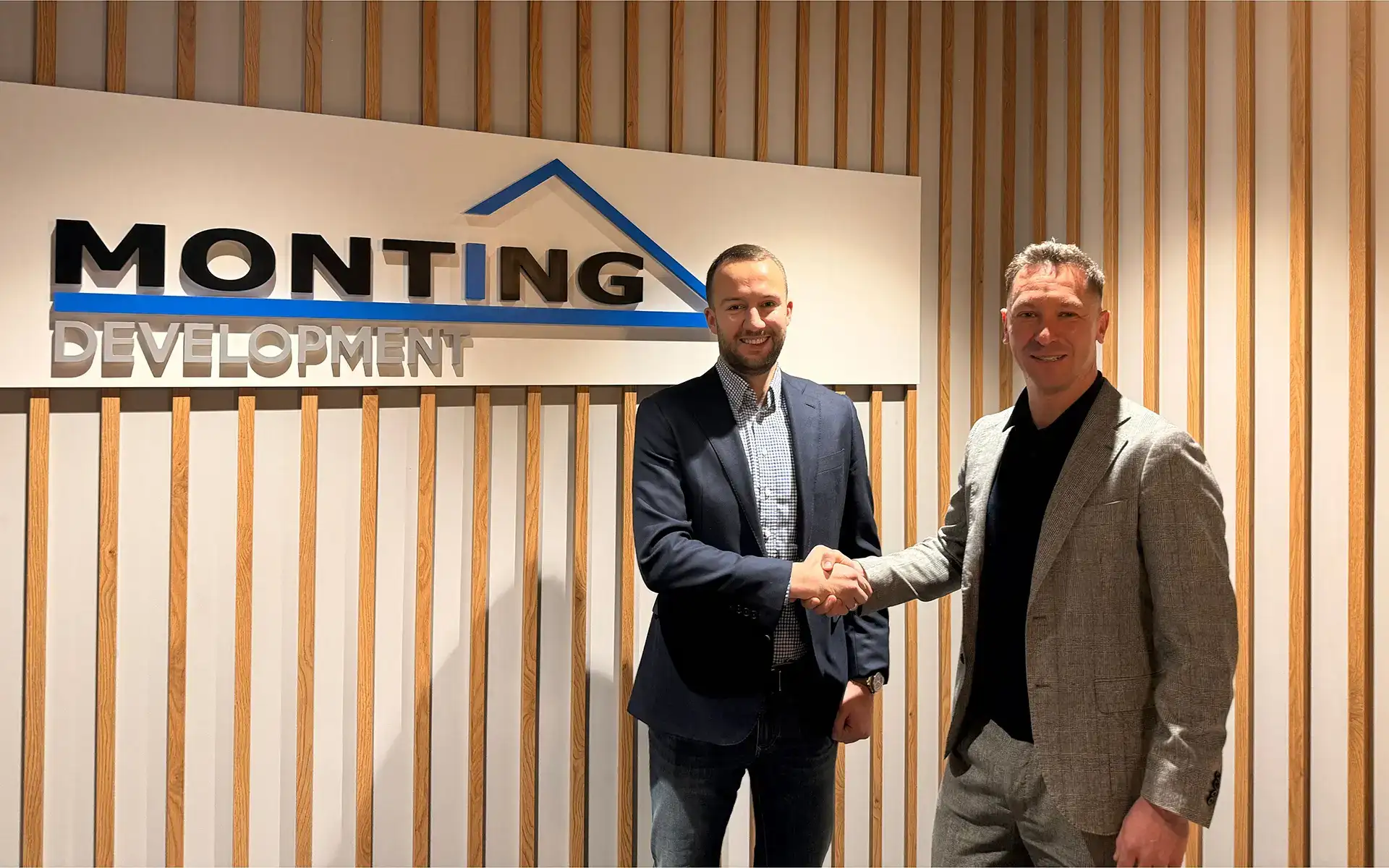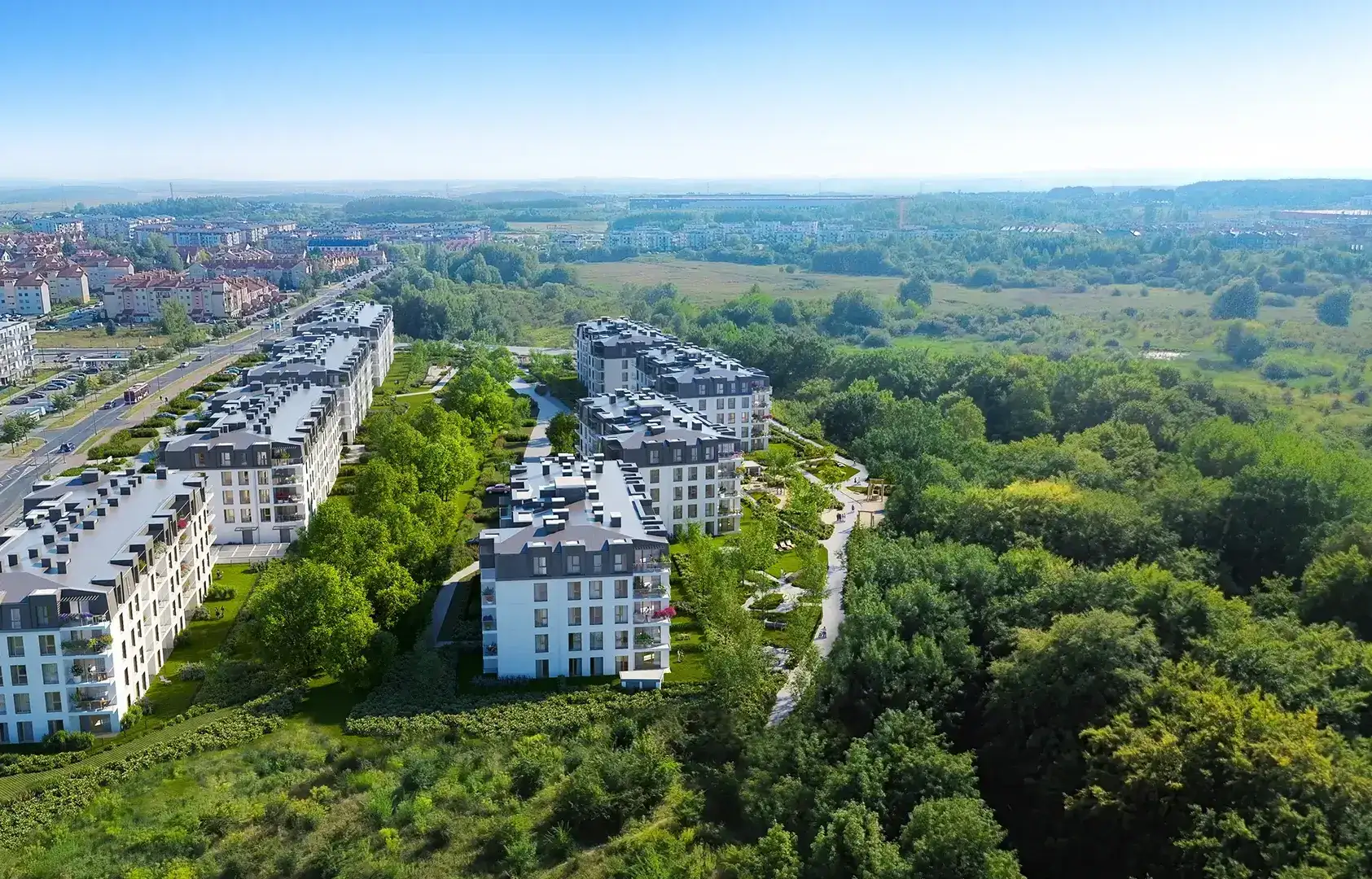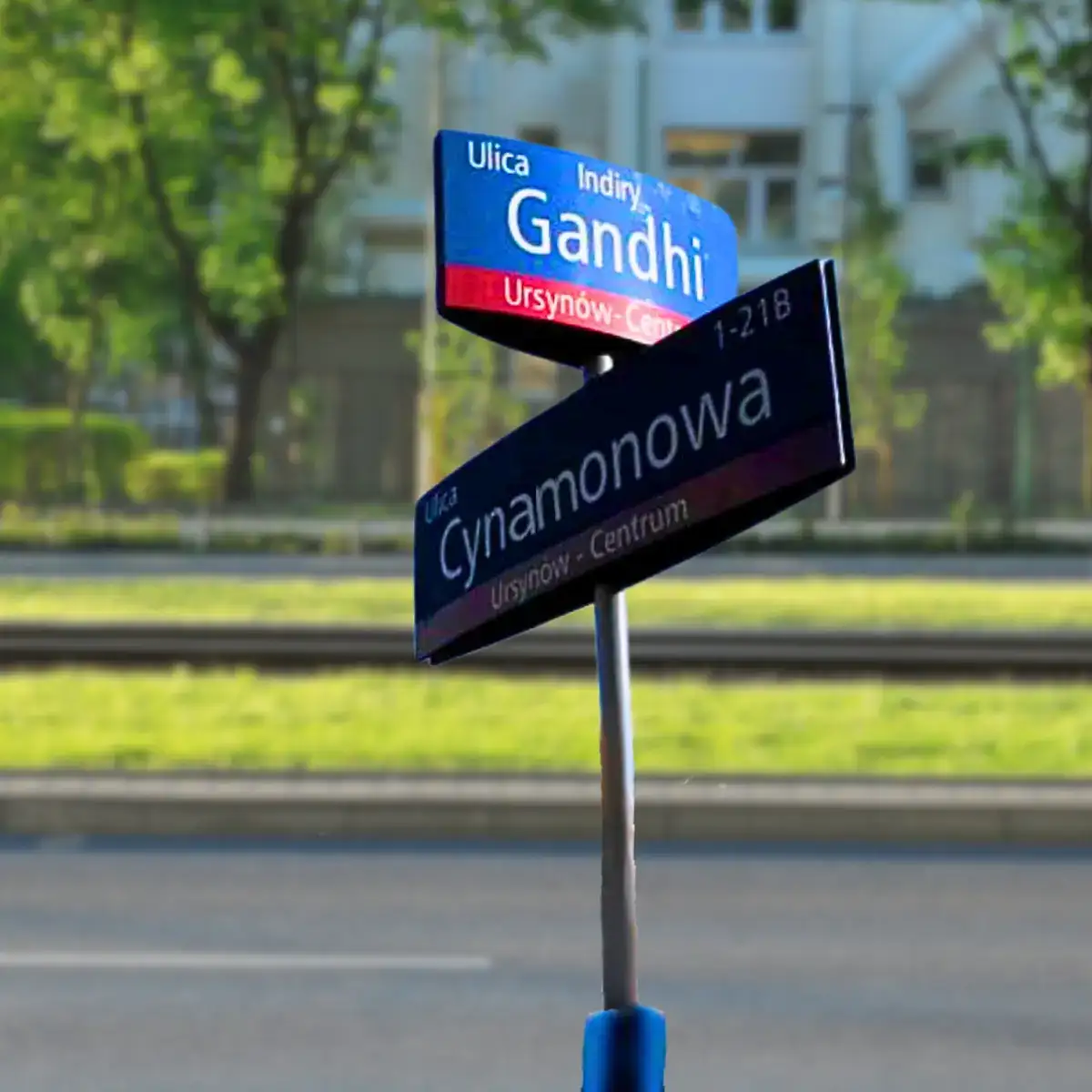30 marca 2025
We focus on development and new investments
The year 2024 for the housing industry in Poland has brought a stabilisation of prices and a cooling of demand. Challenges ahead for the market include regulatory changes, including spatial planning reform and high interest rates. The company maintained stable sales last year, successfully completing the second phase of the Oxygen Park development in Gdansk and starting another. Meanwhile, it is planning new investments in top locations in Warsaw and the Tri-City for 2025.
How do you assess the past year on the property market in Poland? What changes were most noticeable?
The past year on the property market in Poland can be described as a period of stabilisation of both prices and demand. It was a time to catch a breath. The situation at the beginning of the year, i.e. in Q1 2024, was the aftermath of the end of the government’s ‘2% Secure Credit’ programme. It had a significant impact on the increased interest in the purchase of flats, but the situation subsequently calmed down. At that time, construction costs increased due to the increase in supply and the introduction of new developments by developers, and the market waited for the government side to declare the introduction of the promised ‘0% Credit’ programme, as well as for interest rates to be reduced. Only now (in late 2024 and early 2025), when it is clear that the government’s declarations will not materialise, has the market unlocked and customers who had been holding back their decisions have returned to the market. We have managed to maintain a stable level of sales, which in the current economic conditions can be considered a success. Within 14 months we managed to find buyers for all flats from the second stage of the Oxygen Park project in Gdańsk. This was a result above expectations.
How have economic changes, such as inflation or interest rates, affected developers’ operations in 2024?
Inflation and variable interest rates have definitely been a challenge for our industry. The cost of materials, construction services, design services, minimum wage – everything was rising. Despite this, the end of the year for Monting Development saw the start of sales of the third phase of the Oxygen Park development, which is the largest with almost 200 units. We ended the year with sales of this phase at around 20 per cent.
What were the biggest challenges you faced in the past year?
One of the biggest challenges of the market – although it was not a challenge for us because we prepared for it very well and systematically – was to survive a period in which sales would not be as dynamic as in 2023. Thanks to the fact that we financed ourselves with our own funds, we were able – without having to raise external capital – to carry out the construction work of the investment in Gdańsk. It is also worth remembering that we operate both as a developer and as a general contractor, which also allows us to be more independent. This is a guarantee of security for us and for customers. Also, rising construction costs required us to come up with innovative solutions to stay competitive. Thanks to our team’s dedication and flexibility, we have been able to successfully complete investments despite the more difficult conditions.
Have you noticed any changes in demand for different property types in 2024?
Due to a halt in demand from credit customers, we have felt a greater commitment from cash-investing customers, with flats being the best capital investment in more difficult times. Is there more interest in small or large flats? Well, we have sold them all… The market has become more diversified and customers are looking for properties that meet their individual needs.
How have the situation on the labour market and changes in the lifestyles of Poles affected the design of new developments?
Remote working and changes in lifestyles have had a huge impact on the design of estates. Clients increasingly expect spaces that can be easily adapted to work from home, but equally important are communal spaces that promote regeneration and social contact. On our estate, we have provided interesting solutions that foster neighbourly relationships and facilitate regeneration. The ground floor flats have private gardens, and we have designed green areas around the buildings with rain gardens to promote water retention. Residents can also enjoy a town square with a fountain, a barbecue area, outdoor gyms, two children’s playgrounds, retail and service facilities and a dog run. In this way, the estate meets the needs of different groups of residents, creating a place that is friendly to families and people who value an active lifestyle. It fits in with the trend of the 15-minute city, where we are able to meet our needs within a dozen minutes of where we live, without having to drive to the centre.
What technologies and innovations in construction will be key in the coming years?
The optimisation of energy consumption and the automation of building processes will play a key role in the coming years. For example, on our estate we have installed energy-efficient LED lighting with motion sensors, which reduces energy consumption and lowers operating costs. Smart home management systems that optimise the monthly costs incurred for home maintenance will also grow in popularity among residents. On the other hand, housing communities that manage investments at a later stage are increasingly investing in photovoltaic panels, which is also linked to energy policy.
What are Monting Development’s plans for this year?
One could say unchanged – continuous development and new investments in Poland’s largest cities, with emphasis on the capital city and the Tricity. We are continuing the development of the Oxygen Park estate in Gdańsk (the third stage with 196 flats is currently under construction) and we want to start the sale and implementation of the investment in Warsaw. We have made significant steps towards the realisation of the investment at Cinnamon Street in Ursynów, where we have a plot of land with great potential. We are currently working on finalising the concept for this project.
We are also continuing to look for new land in Warsaw and the Tricity to expand our business and create more attractive residential spaces. We are looking at attractive plots in top locations in both agglomerations. I believe that consistently raising standards, designing comfortable and functional spaces and taking into account the needs of future residents will allow us to continue to grow and realise our ambitious plans for 2025 and beyond.
What challenges and opportunities do you see for developers in the context of legal regulations and housing policy in Poland?
Regulations are a challenge, but they can also be a driving force. For the housing industry, these include the amendment of the regulation on the technical conditions to be met by buildings and their location, which introduces a number of important changes aimed at combating so-called ‘pat-development’, but also at protecting green areas and improving the quality of life for residents. The second challenge is the spatial planning reform, which is the biggest revolution in spatial planning in Poland since 1994. Municipalities have until the end of this year to enact general plans, and if they fail, we are threatened with decision-making paralysis.
Share entry
Other entries

31 marca 2025
B1 Architects responsible for the design of the new Monting Development housing estate in Warsaw

30 marca 2025
Oxygen Park with occupancy permit

19 lutego 2025
Monting Development strengthens its presence in Warsaw

7 lutego 2025
Monting Development buys second land in Warsaw. It plans to build unique flats

New stageOxygen Park
Sales of phase III of the Oxygen Park project are underway